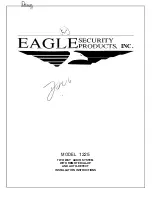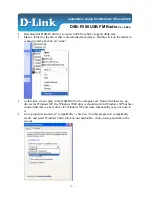
5.4.3
Call-Out Service Phases
In the Call-Out mode there are following phases:
Alerting Phase
Alerting users by using the LED pattern, vibration pattern, alert tone and volume level configured for
the first matching sub address that contain the indication profile setting.
The radio receives a Call-Out message. An alarm tone indicates the message. When the text is
displayed, you have the following options:
•
Accept
•
Reject
•
Menu
NOTE:
If your service provider allowed it, you can stop the alert tone by pressing any key.
Information Phase
You are still in the Call-Out mode and you can receive more detailed information about the incident
that occurred through subsequent text or a voice message. You can query for more information
using voice group call or Call-Out text function which enables you to send a text message.
Depending on the settings configured by your service provider, you are able to respond to a Call-Out
by:
Free text
Type a response.
Pre-coded message
Select from a list of predefined replies.
5.5
Collaborative Messaging
This feature allows external device to send/receive message when the radio application is enabled.
It is mutually exclusive with Secure SDS Storage feature and EtE High Security Mode Feature.
The external device can be connected to the radio using either Bluetooth connection or wired cable
connection.
It includes the following functions:
• Inbox/Outbox synchronization.
• Notification on message status, or user action synchronization between the external device and the
radio.
NOTE:
This feature does not support Call Out/RMS/Home Display.
5.6
DTMF Overdial
This feature allows you to communicate with an automated answering device (for example, the voice
mail or answering machine) during an on-going private, phone or PABX call.
While in an on-going private, phone or PABX call, press the DTMF keys (0-9, *, #). When pressed, the
DTMF key sounds a tone and the entered digit is displayed on the screen.
MN005826A01-AE
Chapter 5 : Features
146















































